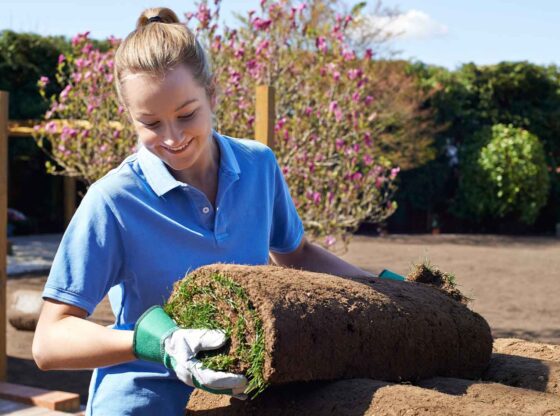This season, the Green Industry has suffered from a lack of workers. For the short term, most contractors have been becoming more efficient. Without an excess of people to hire, getting more done with the existing labor pool has made a difference. Now we’re starting to look ahead to 2019.
H2B
The U.S. Department of Labor’s Wage and Hour Division is out to get employers who are not in total compliance with its regulations. It wants to “strengthen compliance with the labor provisions of the H2B program.”
Of course the Department states that its intention is to “educate employers how to be in compliance,” while safeguarding American jobs, protecting guest workers, and maintaining a level playing field.
It just so happens that the landscape industry utilizes about 50% of the H2B visas, thus our industry will be deeply affected. Landscapers are already frustrated with the program. It’s costly, terribly difficult to understand, and means a lot of paperwork. About 5% of the landscape companies in the U.S. use H2B labor, generally the larger firms.
Politicians have heard employer frustrations and there are various efforts to help. The House has passed a couple of bills tweaking the H2B procedures to make the program easier or more fair. We’ll see with the new leadership if those bills move onto the Senate and pass.
Out of the Box Thinking
There is a tiny (1%) but growing number who are deciding it’s not worth it and dropping out. The hard part is to find local labor. Some are getting creative.
For example, Puerto Rico is a U.S. territory whose residents are considered American citizens. They can travel to the mainland at will. Contractors are recruiting on the island. An island that was devastated a couple of years ago by hurricanes so the citizens are very open to good career opportunities in Ohio. Certainly something to consider.
Industry Responses
Industry efforts are starting to show some fruit. For example, the Ohio Nursery and Landscape Association (ONLA) started its Ohio High School Landscape Olympics program (OHLO) 3 years ago. It has grown each year. The 2018 Olympics just took place in early November with about 240 students participating. Hopefully, of the 600 plus students participating in the last 3 years, a good number of them will be looking for jobs in our industry upon graduation.
The National Association Of Landscape Professionals (NALP) partnered with the Trump National Council for the American Worker program. NALP sponsored and helped create an apprentice program called Landscape Management Apprentice. This program is open to students and those looking for a career opportunity; they expect to touch 150,000 people nationwide.
About Younger Americans
As for American young people we are trying to reach, the Cincinnati Horticulture Student Career Interest Survey sheds some interesting insights about students at the school. Here are some results with the largest gaps between employers and students:
What Landscapers are looking for What Students say they can offer
5% Person with creative ideas 35%
15% Person with deep plant knowledge 4%
43% A “Get the Job Done” attitude 19%
11% Certification/Specialized training 3%
26% Desire to learn and do new things 39%
Students believe their strengths or primary interests are “Creative Ideas” and “Desire to Learn”. Note that employers are way less interested in creative thinkers and a smidge less interested in their desire to learn.
Employers are looking for people with a “Get it Done” attitude, knowledge, and desire to learn. Students say they are deeply lacking in knowledge and a “Get it Done” mindset.
Think how this will affect your ability to hire, educate, and retain these folks. To me the Get-it-Done thing is the biggest issue to deal with. Contracting is a fast paced occupation where a lot of simultaneous things have to get done as fast as possible. Profitability depends on it. How does this affect productivity?
Labor issues will be with us for many years. Traditional thought will not work to overcome it. We all have to be curious, creative, and willing to find the answers we need.












